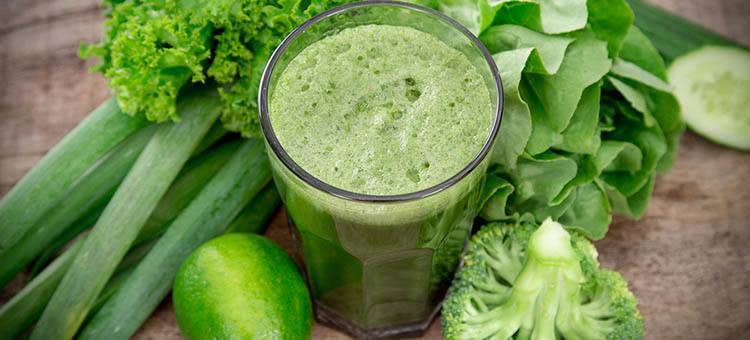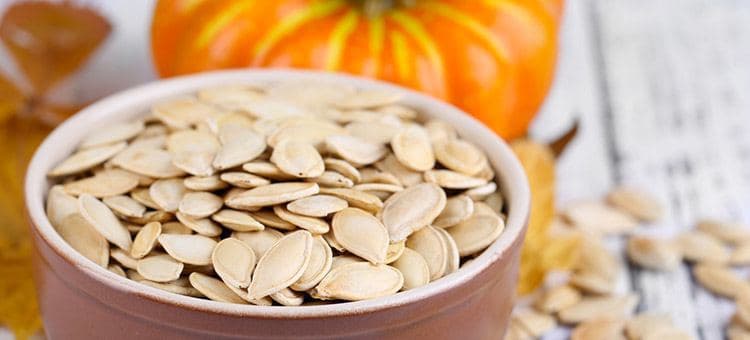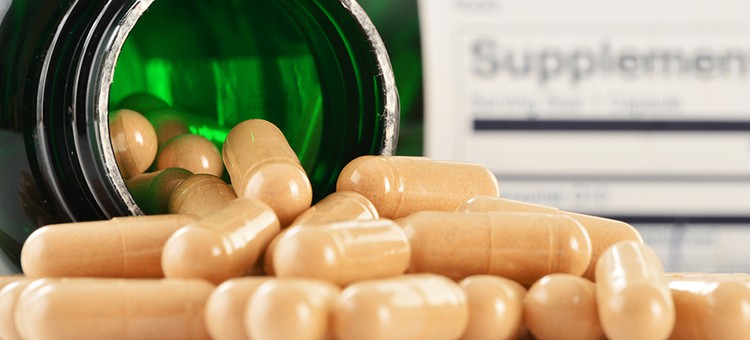
The trace mineral manganese is an essential micronutrient for a properly functioning human body. A deficiency in manganese can interfere with both the creation of important enzymes and certain key enzymatic reactions needed for good health.
This page will cover the symptoms of manganese deficiency and the best food sources of this vital mineral.
How Enzymes Are Affected by a Manganese Deficiency
Enzymes are chemical messengers that are intimately involved in just about every aspect of good health. Within your body, manganese is used to create manganese superoxide dismutase (also called MnSOD), one of the key enzymes that keeps your system functioning properly.

Manganese superoxide dismutase is a powerful antioxidant, concentrated in your liver, kidneys, pancreas, pituitary gland and bones. It catalyzes the superoxide radical (a damaging kind of free radical) in your cell’s mitochondria into hydrogen peroxide, which is then broken down into water.
Manganese is also involved in activating various other enzymes responsible for the uptake and utilization of necessary nutritional elements, like vitamin C and B vitamins. Additionally, the creation of essential fatty acids and carbohydrate and protein metabolism all rely on having adequate levels of manganese present.
Building strong and healthy bones also needs good amounts of this trace mineral and weakened, brittle bones have been linked to long term low manganese intake.
While you only need a small amount of manganese to prevent deficiency, due to its central role in vital enzymatic reactions, any prolonged shortage of the mineral can have wide-ranging negative health effects.
Symptoms of Manganese Deficiency

1. Joint pain and weakened and brittle bones that break easily. Manganese is needed for the formation of healthy bones and without enough of it they can become brittle and weak. Regular joint, ligament and tendon pain has been associated with a low dietary supply of this micronutrient.
2. Fatigue, apathy and a feeling of being constantly tired. Alternatively nervousness, irritability and ongoing moodiness, and in extreme cases nausea and fainting, may indicate low levels of manganese in your body.
3. Problems regulating blood sugar and metabolizing carbohydrates. There is also a possible link to a higher risk of diabetes from an insufficient intake of the mineral.
4. Heavy menstruation in women. Being deficient in manganese has also been linked to problems conceiving and infertility.
5. Poor wound healing. Manganese deficiency may be indicated when minor cuts are taking an especially long time to heal and is related to manganese’s role in collagen production.
6. Skin problems. Such as ongoing dermatitis and a generally tired and lacklustre skin tone, once again due to insufficient collagen levels.

While most official dietary sources state that a true manganese deficiency is rare in humans, it is a vital nutrient for good health and it’s well worth making sure you’re getting a good intake.
Processed food diets contain very little of this mineral, but eating some of the following foods regularly should ensure you get enough into your body to prevent problems.
It’s also worth noting that taking high doses of calcium, iron and zinc in supplements can interfere with manganese absorption. Good food sources of minerals, like those for manganese ahead, are almost always a far safer option for your health than manufactured compounds.
Best Food Sources

Some of the best food sources of manganese are leafy green vegetables like spinach, Swiss chard, collard greens and kale. Brown rice (not white), rye and oats are also a good, though manufactured wheat products are generally stripped of manganese.
Pineapple is a surprisingly high source and a pineapple and kale smoothie recipe would be a great way to have your daily manganese needs covered. Raspberries, strawberries, grapes and avocados are also fine sources.
Many nuts and seeds contain manganese as well, with pumpkin seeds a particularly high source and a great vitamin and mineral rich snack all around.

Manganese Recommended Daily Allowance
Adult males are suggested to get 2.3 mg of manganese daily, preferably from food sources like those listed above.
For women over 19 the RDA is at least 1.8 mg, with higher amounts during pregnancy and breast-feeding. There are also varying amounts to prevent deficiency for children given here.

While these recommended daily intakes to prevent manganese deficiency are small, it’s still a vital element of good health and yet another reason to ditch the nutritionally devoid supermarket products, particularly fattening grain foods, and eat a varied natural food diet instead.
I have been taking 46 mg daily of chelated manganese and can not get my Mn above 7.5 ng/mL when the range is 11.0 – 23.0 ng/mL. I have hemochromatosis, but I keep my iron in check and the rest of the major minerals RBC lab returns are all in range. I read that daily dosing should be 2.5 – 5.0 mg and I am baffled. I am going to discontinue the chelated supplement and try kale and pineapple smoothies. I understand most of the other minerals such as iron, zinc , magnesium, copper are Mn antagonists. They are all in mid range or just under. Any insight would be appreciated.